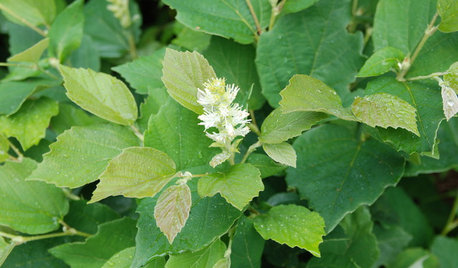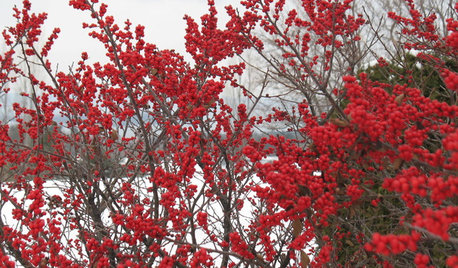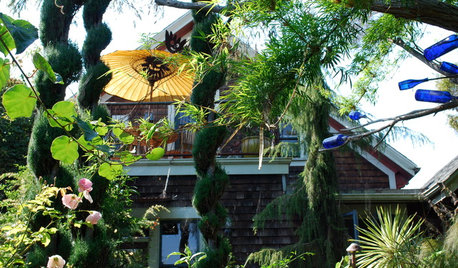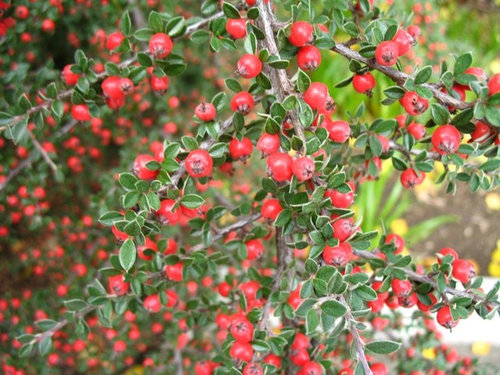Cotoneaster ID
ian_wa
14 years ago
Related Stories

LANDSCAPE DESIGNBoxwood Alternatives Bring the Chelsea Flower Show to You
Don’t let box blight limit your plans to borrow garden design ideas from the renowned British event
Full Story
PETS6 Ways to Help Your Dog and Landscape Play Nicely Together
Keep your prized plantings intact and your dog happy too, with this wisdom from an expert gardener and dog guardian
Full Story
GARDENING GUIDESOh, Deer! 10 Native Flowers That Stand Up to the Herds
Keeping a garden amid hungry deer can be hard, but these plants should fare well
Full Story
GARDENING GUIDESGreat Design Plant: Wildlife-Loving Dwarf Fothergilla Blazes in Fall
Its bottlebrush flowers attract bees and butterflies, while its stunning orange and scarlet foliage draws all who pass by
Full Story
GARDENING GUIDES6 Rockin’ Red Plants for Winter Gardens
Use the bright berries or branches of these cold-climate favorites for outdoor garden interest or container arrangements anywhere
Full Story
INSPIRING GARDENSFrom Concrete Lot to Gracious Organic Garden in Seattle
Plants, pests and even weeds have a place in this landscape, which offers an edible bounty and a feast for the eyes
Full Story
LANDSCAPE DESIGN5 Ways to Use Trees to Create a Sensational Garden Space
Trees define spaces in multiple ways and bring a layer of shade and intrigue to the landscape
Full Story
GARDENING GUIDESThe Beauty of Bare-Root Plants
Plant dormant trees and shrubs in fall using the easy, affordable bare-root method and enjoy beautiful results in spring
Full Story
INSPIRING GARDENSAn Award-Winning Landscape Embraces Bay Views
Once overgrown and lackluster, these California garden areas now thoughtfully enhance the incredible view
Full Story
PLANTING IDEASDesigning With Conifers: How to Unite Your Landscape
Create a landscape full of intrigue and artistry with the right placement of conifers and their supporting players
Full StoryMore Discussions










gardengal48 (PNW Z8/9)
ian_waOriginal Author
Related Professionals
Danbury Landscape Architects & Landscape Designers · Harvey Landscape Architects & Landscape Designers · Ellicott City Landscape Contractors · Hollywood Landscape Contractors · Lake Saint Louis Landscape Contractors · Mastic Beach Landscape Contractors · Medford Landscape Contractors · Parkland Landscape Contractors · Pleasant Prairie Landscape Contractors · Shirley Landscape Contractors · Agoura Hills Fence Contractors · Markham Fence Contractors · Spring Fence Contractors · Winter Park Fence Contractors · Zachary Fence ContractorsEmbothrium
ian_waOriginal Author
Embothrium
gardengal48 (PNW Z8/9)
ian_waOriginal Author
Embothrium
gardengal48 (PNW Z8/9)
George Three LLC
beluga01
gardengal48 (PNW Z8/9)